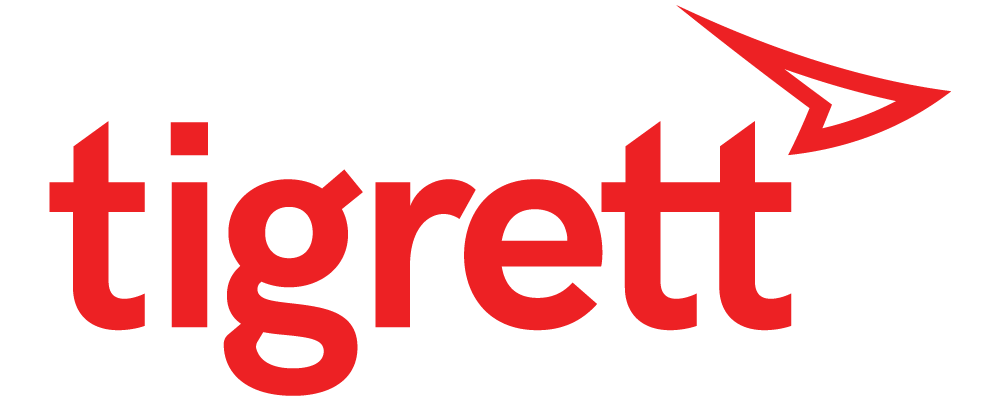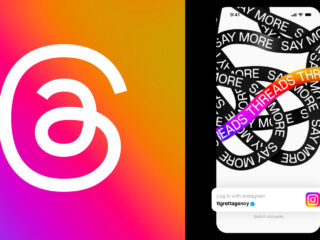Do You Have Gen-Z Tunnel Vision?
All brands are being encouraged to connect with their audiences via social media platforms. Whether you own a small business or work on the marketing team for a multi-million dollar company, social media has become a higher priority than ever before. While social media is often a vital tool for brands seeking to connect with their audience, it is easy for brands to head down the incorrect path strategy-wise.
What is trending in the social media space?
Something we are seeing happen in the social media space is a rise in trends that target and connect with Generation Z. Generation Z includes all individuals born between 1997 and 2012. According to GWI, “Gen Z spends the most time on social media daily, averaging 2 hrs 51 mins globally.” Due to the high use of social media by Gen Z, we have seen a change in the kind of content that dominates platforms such as Instagram, Facebook, TikTok, YouTube, etc. The content we’re seeing go viral on these platforms tends to prioritize and target Gen Z above other audience segments. Although Gen Z can be a valuable target for many brands, it should not be considered the only audience.
What is Gen-Z tunnel vision?
We are seeing many brands get stuck with “Gen-Z tunnel vision”. These brands are using their marketing resources to hone in on the social media trends that are currently dominating the platforms rather than the trends that connect most with their target audience. As mentioned prior, Gen-Z spends the most time on social media, therefore, the dominating content tends to connect most with this younger generation. However, Gen-Z is not always the ideal demographic for brands to pursue. Brands with Gen-Z tunnel vision are completely missing their ideal target all while attempting the reach the wrong audience.
How to avoid Gen-Z tunnel vision?
This is where defining and understanding your target audience becomes incredibly important. Targeting the wrong audience can become extremely wasteful, specifically for brands with limited marketing resources. For example, if a children’s clothing brand opts to create a TikTok video featuring a trend that has become popular primarily with individuals in Gen-Z, they are going to miss the majority of their target demographic. Currently, the millennial generation would be the best demographic for a children’s clothing brand to target. According to Line Leader, 80% of today’s parents with children under 12 are millennials. In addition, 88% of millennials utilize social media. From this data, we can concur that the millennial generation is the ideal generation for a children’s clothing brand to target at this current time. Therefore, the resources and time spent on creating a TikTok video that targets Gen-Z will be wasted and will receive little ROI.
As an example, we have linked a TikTok video that features one of this month’s most popular trends known as “new ick” or “new ick unlocked”. This trend invites users to highlight a trait or habit of their partner that they dislike or find “cringe-worthy”. In this particular video a TikTok creator named amndachang shares a video of her partner wearing no-show socks and adds the text “new ick unlocked”. This trend is currently dominating the TikTok space and has become very popular amongst Gen-Z users. Due to the trend going viral, many brands have felt pressure to participate and create their own version of the TikTok, however, unless the brand’s target audience includes the Gen-Z demographic, the video will miss the mark. For example, if the aforementioned children’s clothing brand chose to lean into this trend, their target audience of millennial parents would be missed and valuable resources would be wasted. Not only would you be miss targeting your creative, but you run the chance of losing your current customer base if they become upset with the type of content you’re putting out.
Key Takeaway
In order to avoid Gen-Z tunnel vision, brands must first identify and understand their target audience. Once a target audience is correctly defined, brands have the ability to invest their marketing resources into creating content that connects with their ideal audience. The overall goal of pouring into a brand’s social media presence is to reach individuals who are interested and would like to invest in that brand. This means that your brand’s content may not necessarily fit in with the current trends, but connecting with the audience who can and will purchase your product or services is worth a lot more than a few thousand views on a video.



